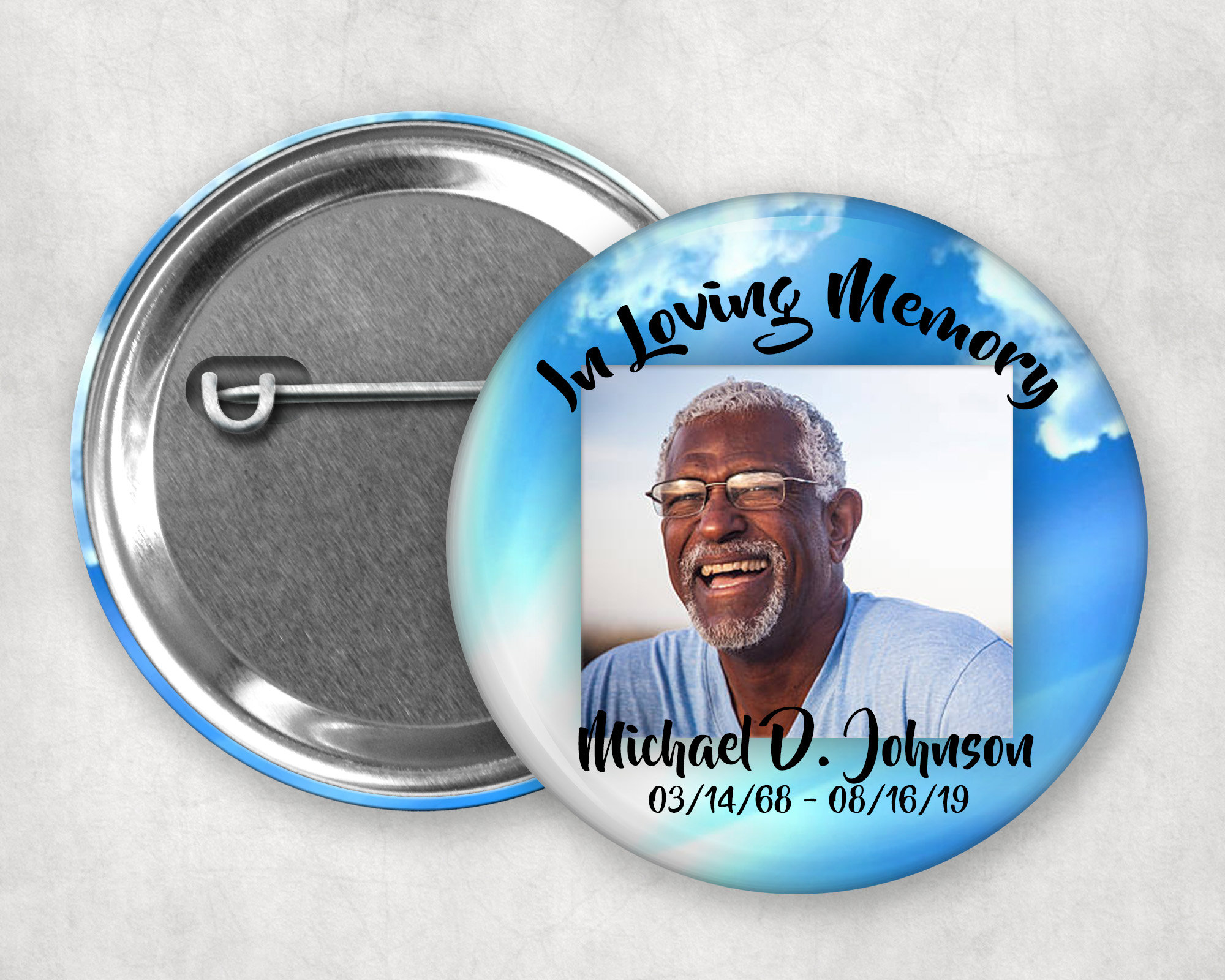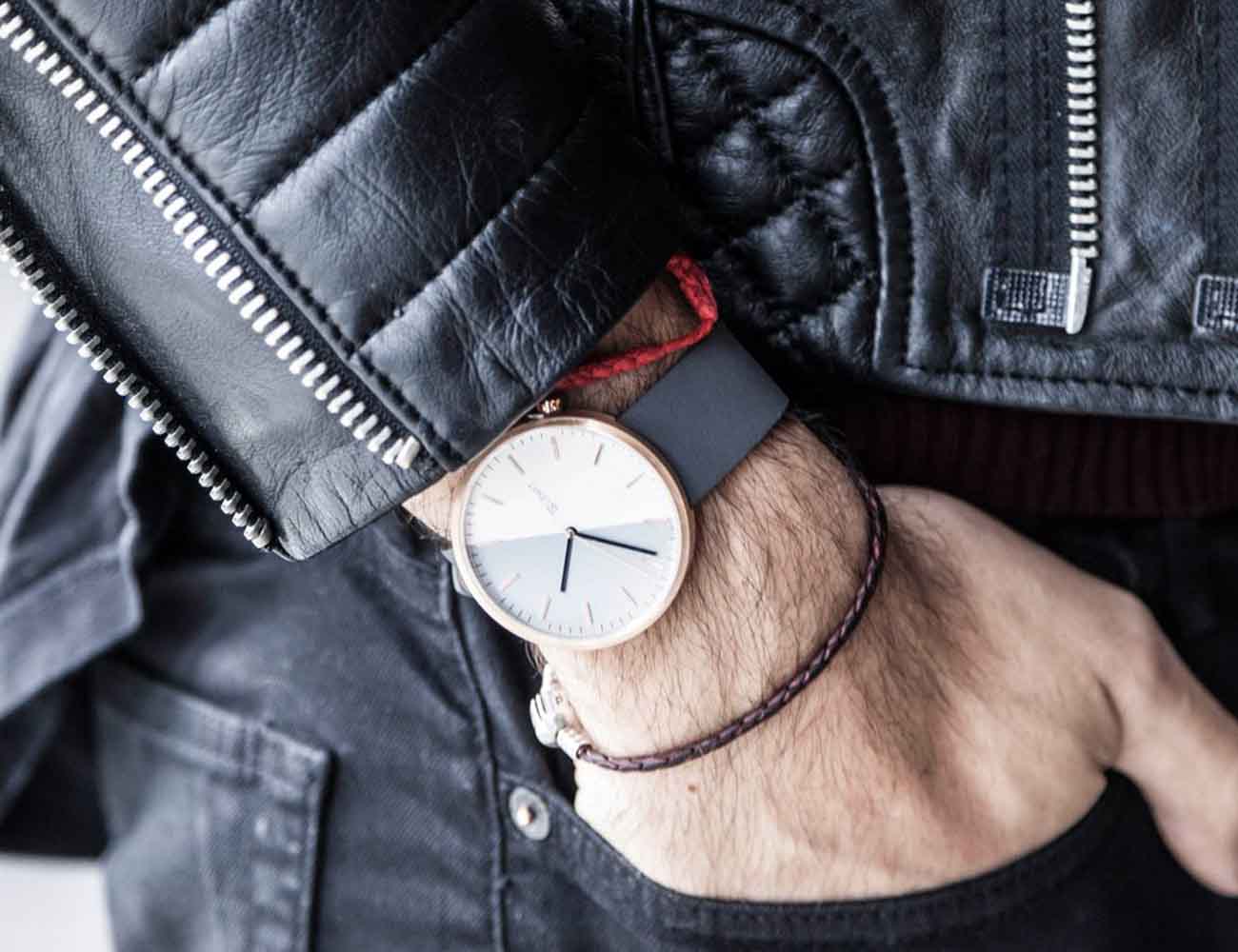Table of Content
Crate training and lots of exercise can make being alone easier for the dog. It has been a whirlwind few weeks since you introduced your gorgeous puppy into your new home. You’ve loved staying home with him and playing mother. Even the toilet training you didn’t mind too much. However, the end of this period is on the horizon and you need to go back to work soon. The only problem is, that as it currently stands, he whimpers and moans whenever you leave him for a few minutes, so leaving him alone in the house all day may prove challenging.

Leaving him a food puzzle each time you leave the house to start with, is a fantastic way to distract him and keep him occupied. Some food puzzles can keep dogs distracted for hours. Progress the training and start leaving the room before returning. Next, go out and shut the door behind you before staying outside for longer periods of time. Once at this point, start to vary the length of time that you're out. For some pet owners, being able to see how his dog is doing while he is alone at at your house or apartment, can be a great help.
How can I stop my puppy crying when I leave the room?
Think about the place your dog could be left alone if you’re not at dwelling. It’s essential that you’re patient with your dog, as dogs are naturally social animals and are not used to being isolated for a long period. If you have any additional remedies or practices that you use to help train your dog, please let us know in the comments. When you prepare your dog to stay home alone, he’ll be able to remain calm and confident when you have to leave the house without them.
A dog training method that can help you is to practice leaving the house and coming back. This helps him learn that being home alone is normal and to prevent negative behaviors. Help your dog stop crying when left alone Set a reliable daily routine. Training your dog to be left alone Step 1 – stay in bed. Begin by encouraging your dog to go to their bed and stay there for a short while with you in the room with them.
Can you have a dog if you work 9 5?
This way your pup will slowly learn to spend time alone by themselves and even grow to enjoy it. The first few weeks of bringing your puppy home are a whirlwind of fun, games, cuddles, and lots of running around. You may have taken a few days off work and being at home with your new little furball has been great. In this blog, we inform you about How To Train Your Dog To Stay At Home Alone. Some dogs do battle with being left alone and will experience separation anxiousness, particularly if they’ve grown to be used to your company on a more everlasting basis.
If you’re going to leave your dog alone, make sure she has plenty of toys, a comfortable bed, and plenty of food and water to eat and drink throughout the day. If your dog exhibits signs of anxiety, such as destructive behavior or excessive barking, you should take him to the veterinarian for a checkup. Most of the time, a veterinarian will prescribe a medication to help your dog feel more at ease when left at home alone. By taking the time to teach your dog that being alone is nothing to stress out about, you'll be saving your pup from unnecessary stress or anxiety later in life. With over 13 years of experience, she has had the opportunity to work with hundreds of dogs on a wide variety of training and behavior issues. Her specialties include dog aggression, resource guarding, separation anxiety, and puppy socialization.
What do you do with your dog when you are at work?
Anxious behaviors like pacing, whining, or trembling while you’re gone or as you prepare to leave. While some dogs naturally enjoy self-directed play, others might need some coaxing. There are a few different ways your dog can play on their own. Unsupervised Stays – Leave the room for longer periods while your dog is in the crate. Introduction – Set the crate in an area of your house that’s familiar to your dog.
Creating Happy AssociationsLeaving a puppy alone with nothing to do in their safe area can be a recipe for trouble. Teaching your puppy to enjoy alone time will also contribute to important training milestones like passing the AKC S.T.A.R. Ideally, you want your dog to stay calm whenever someone leaves and returns during the day. It allows them to stay relaxed even if they are visited by different caretakers. As you look into how to make your dog comfortable being home alone, don’t overlook potential behavioral issues. Even if your dog is a seasoned pro at staying off of the couch and refraining from knocking things down, leaving them alone is a game-changer.
This will help your dog’s physical and mental stimulation. Make sure you don’t go straight in with leaving him all day alone. Start by leaving him for just a few minutes, then the next day a little longer, and so on until he’s used to being left alone for a while. Spend a few minutes playing tug of war or fetch before you leave him. Not only will you be giving him some attention so that box is ticked when you leave, but it will also tire him out.

Another option you can use is to crate train your dog. The small space can be a place where he can feel safe and comfortable. With the right crate training and conditions, it can be a positive space for a dog. To start training him, leave your house or apartment for a minute and return immediately. Gradually increase the time you go out while you see that your dog is comfortable and relaxed and doesn’t start barking.
He won’t be sad you’re gone when he’s fast asleep. A new toy or two could also do the job of keeping him occupied when you first start leaving him. Toys will help put him at ease and leave him feeling content when you leave him alone. Make sure he has a comfy bed to lie in when you leave him alone.

If you struggle to implement these steps, remember that you're doing your best and that it's okay - separation-related anxiety is a complex issue. When this is the case our advice is always to seek support from a clinical behaviourist. Begin by encouraging your dog to go to their bed and stay there for a short while with you present.
The next step might include all of the steps above, but now you open the door, step outside, close the door behind you, and then immediately re-enter. Over time, you'll add in more time before coming back into your home. A great time to practice this is when you're taking the garbage out, grabbing the mail from the mailbox, or need to do a quick grocery store run. Read our article Potential Dangers of Popular Dog Chewsto learn what to avoid when choosing your dog's toys for when they are alone. You may want to start practicing counterconditioning without actually leaving home. Practice with just leaving the room for a minute or two, or going downstairs while your dog enjoys their treat upstairs.
To do this, first, you have to learn the genetic makeup of your dog. Progress at a speed that suits your dog's reaction - and never extend this to the point that it becomes distressing for your dog. For caring, compassionate advice and resources to address all your animal concerns. Dogs bring an incredible amount of joy to our lives. With all the attention they give us, we owe them ours in return.























